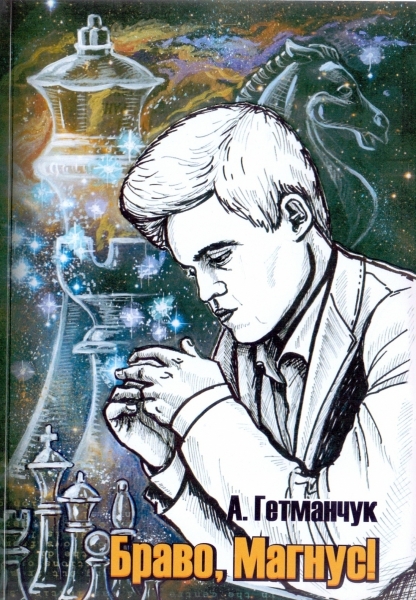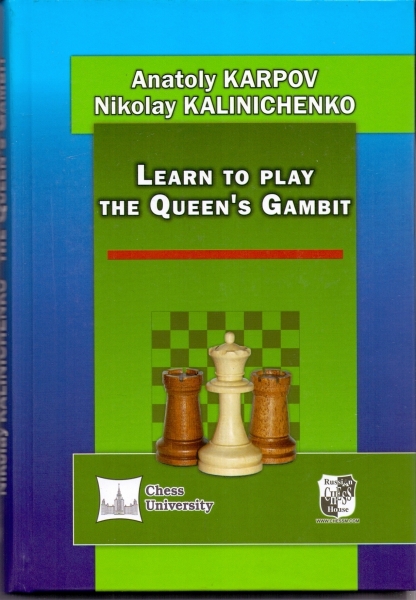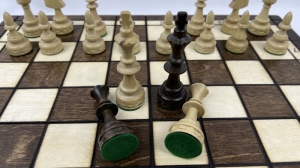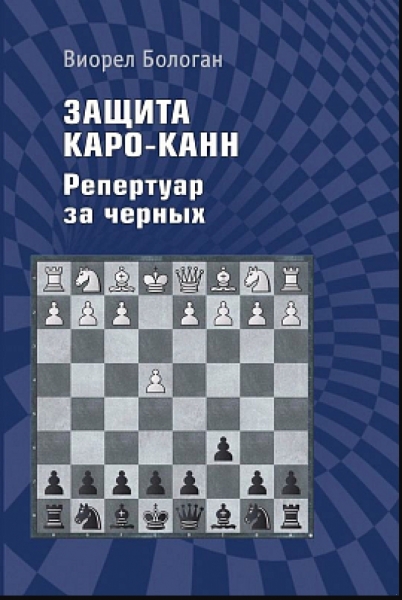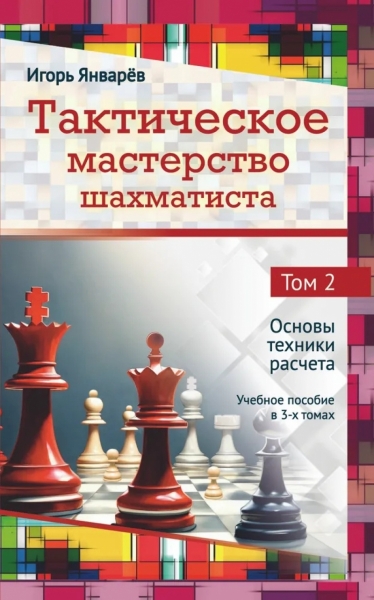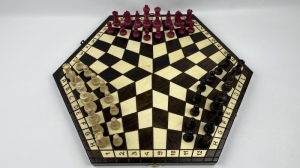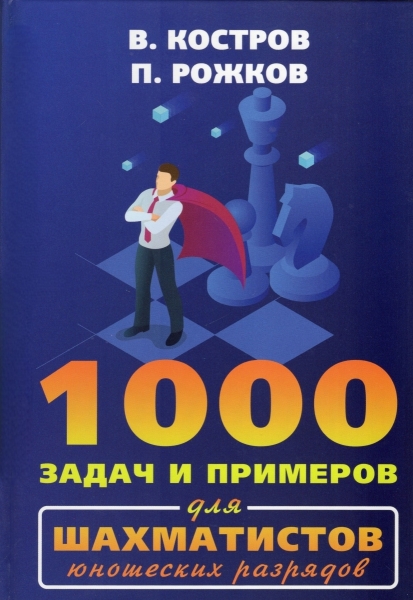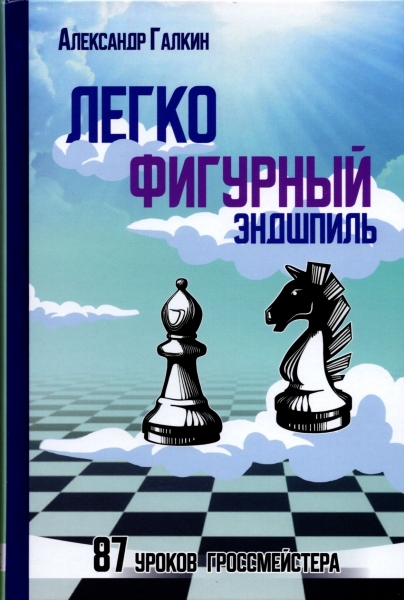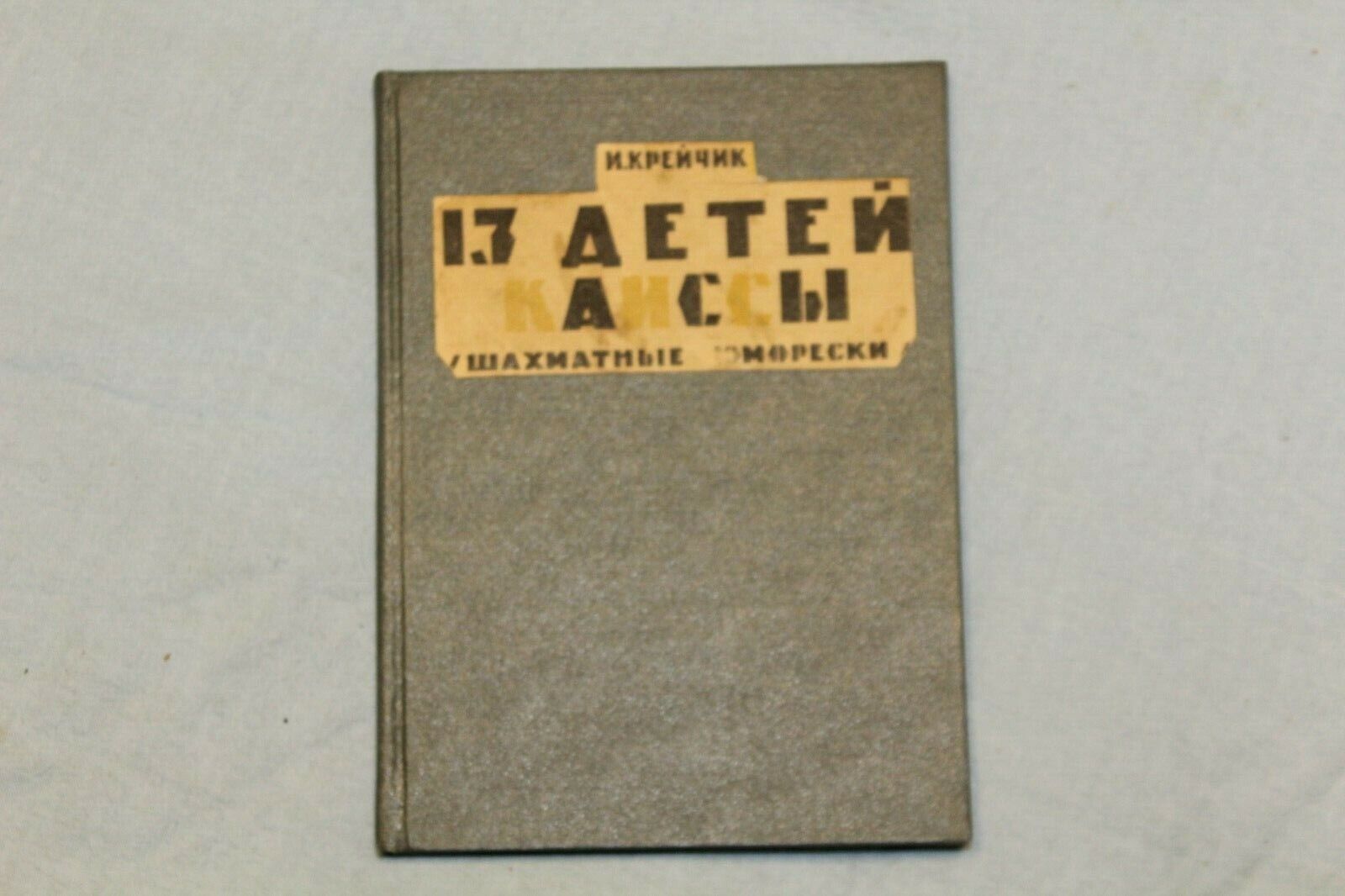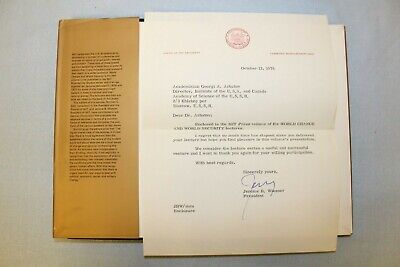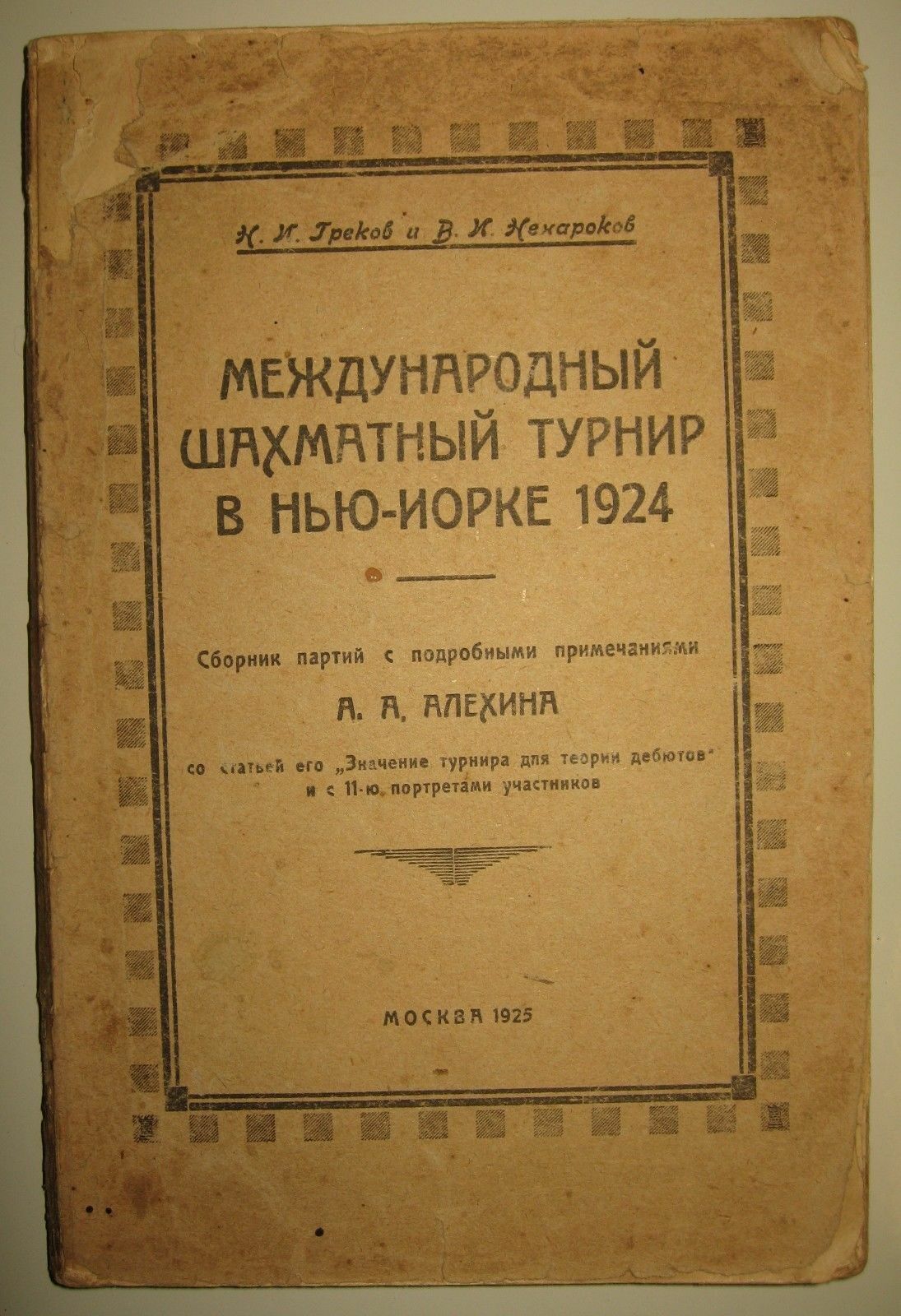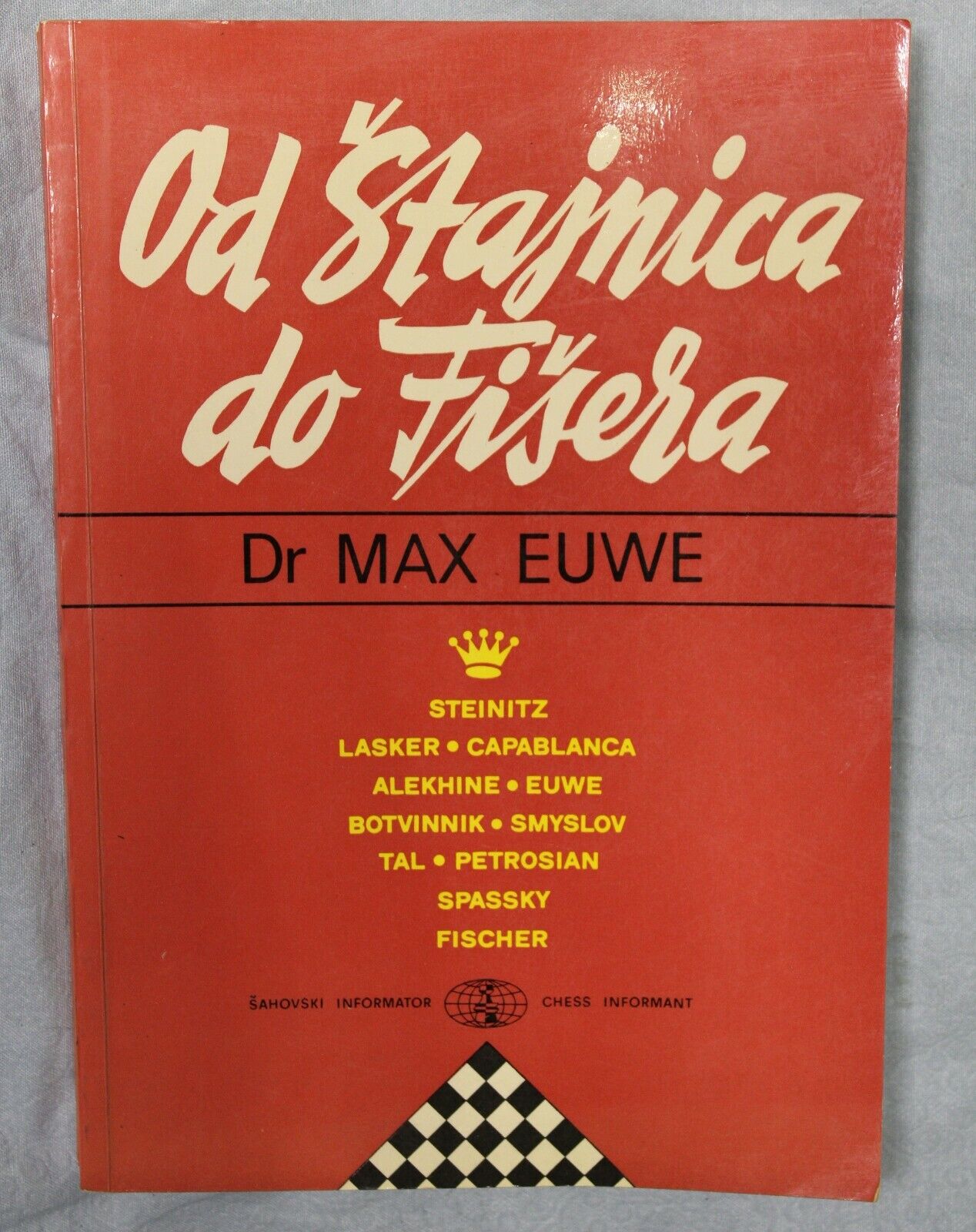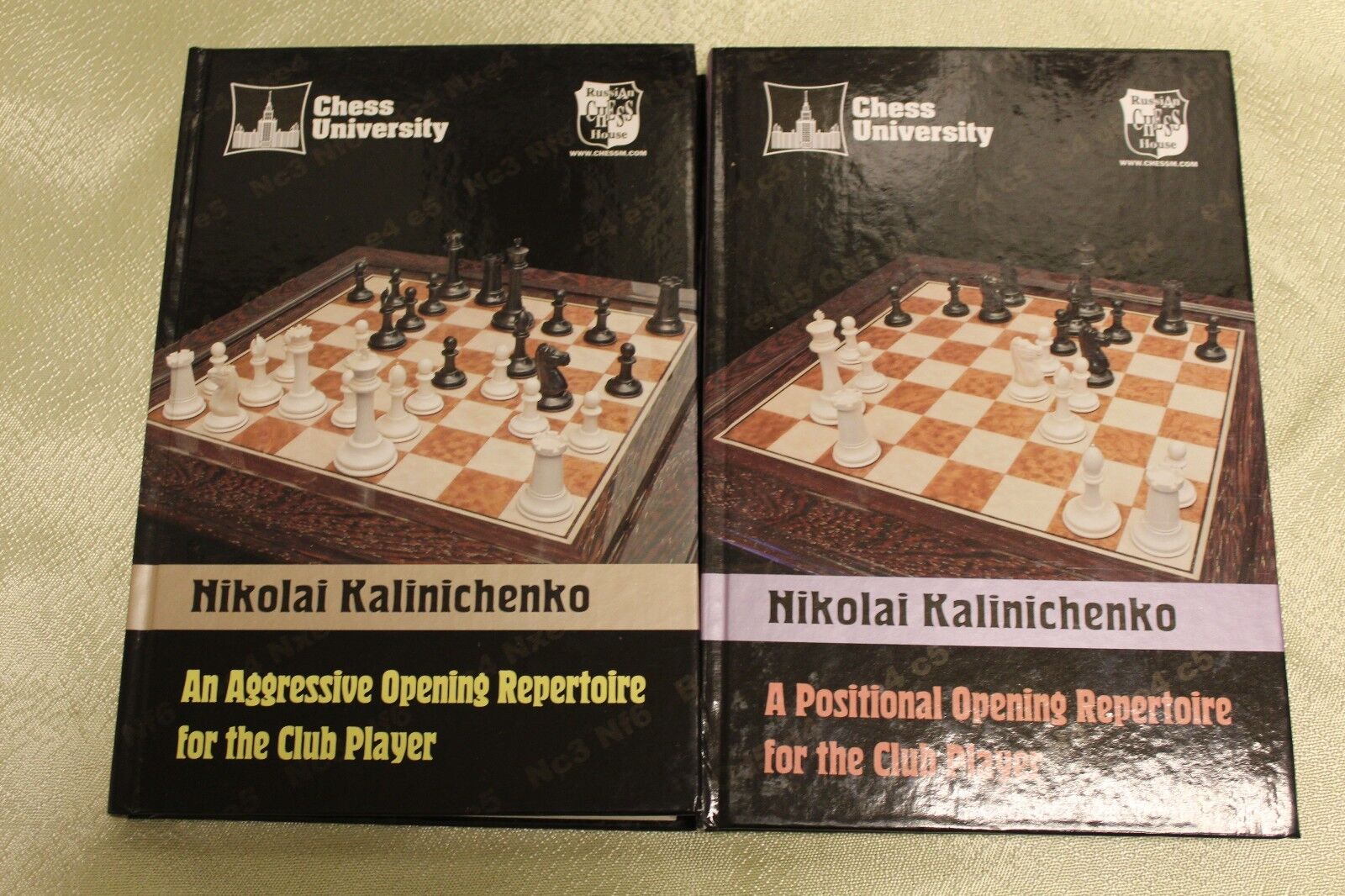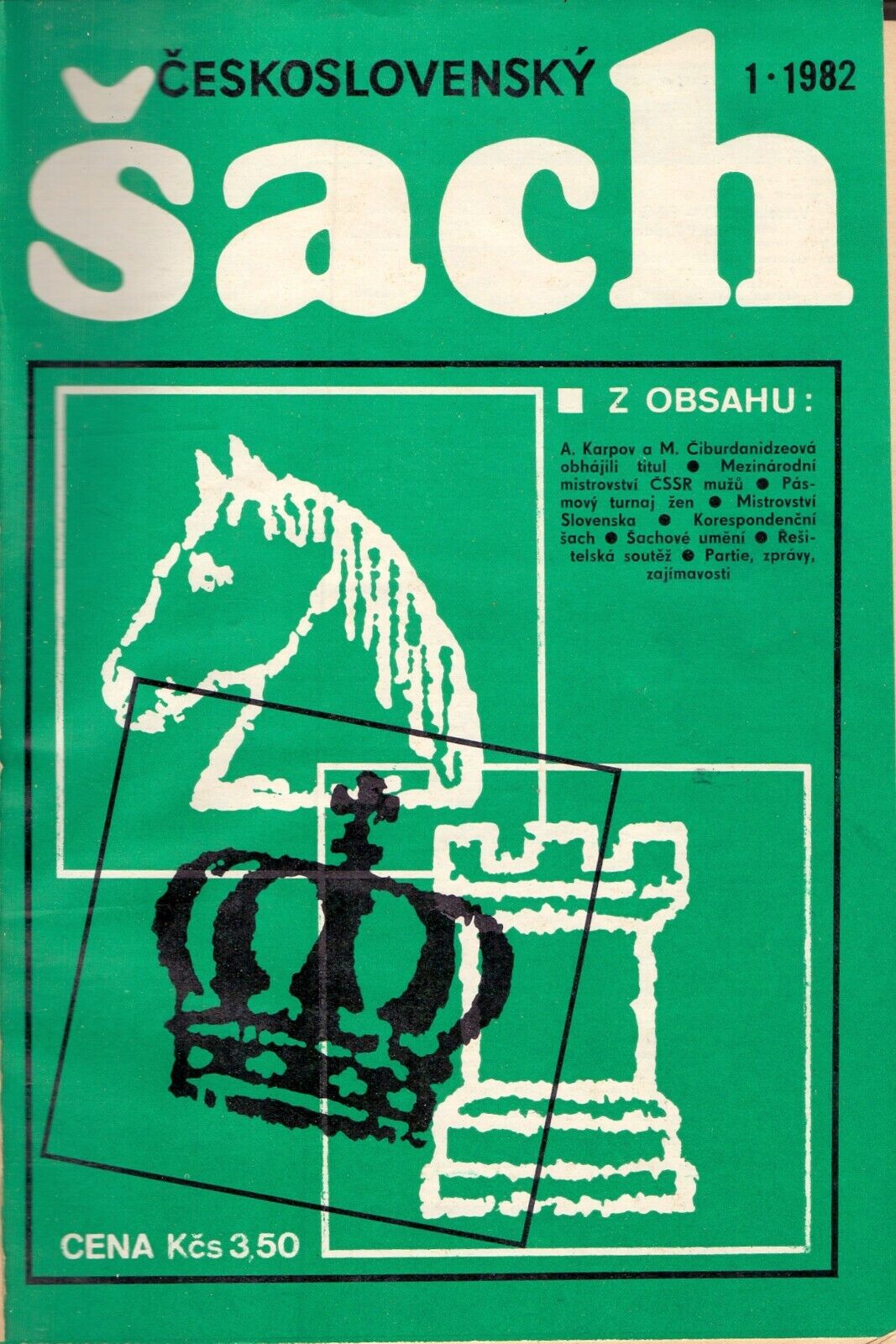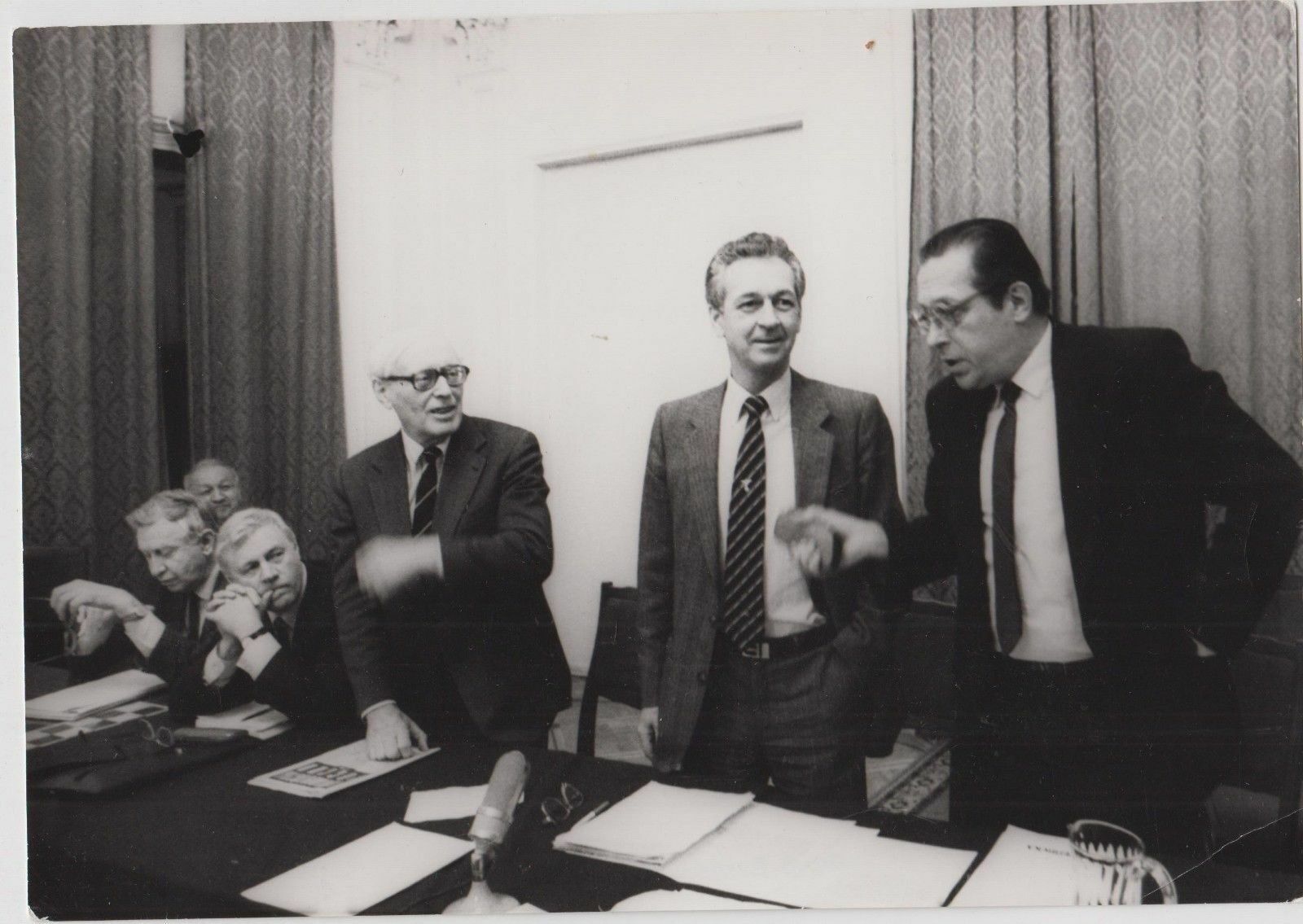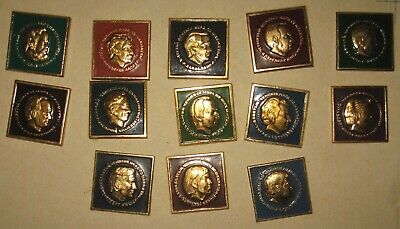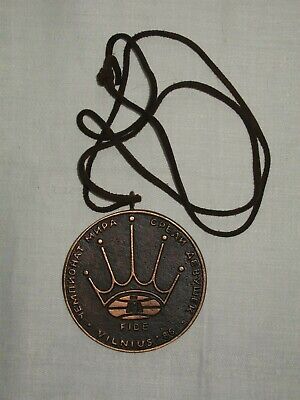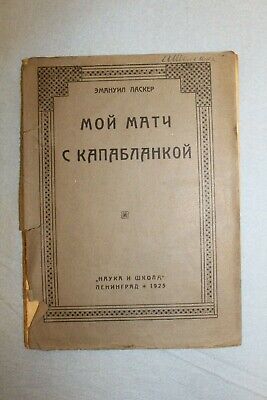eBay items
-
28.00 $
Russian Chess Book: Author: A. Nimzovich Сhess blockade. Published: Leningrad, 1925 Binding: Hard Language: Russian 96 pagesЕК 25
-
28.00 $
Antique Soviet Chess Book: Author: J. Krejcik 13 children of Kaissa. Published: Moscow, 1926 Binding: Hard Language: Russian 104 pagesЕК 25
-
28.00 $
Author: edited by Norman С. Dahl, Jerome B. Wiesner Title: World Change and World Security Publisher: The MIT Press, Cambridge, Massachusetts, London, England, 1978 Language: English Binding: Supercover, Hardcover Pages: 174 ISBN: 0262040581 Condition: very good, the supercover has small wear The book is from the personal library of the famous academic, director of the Institute of the USA and Canada during Soviet times Georgi Arbatov. The book has a letter from Jerome B. Wiesner to Georgi Arbatov, signed by Wiesner. As part of its bicentennial program, MIT sponsored this series of lectures by prominent individuals including Willy Brandt, Roy Jenkins, Georgi Arbatov, Roberto Campos, Robert McNamara, McGeorge Bundy and Frank Church. The connecting thread is the impact of science and technology upon the critical questions ahead, and the prognosis is far from optimistic. Though often thoughtful, the essays are too brief
-
28.00 $
Author: Dmitry DonskoiTitle: President Photographer's MemoirsPublished: Favor, 2010Binding: Hardcover, Encyclopaedia formatPages: 230Language: RussianDmitry Donskoy is the main chess photographer of the USSR. Personal photographer of Brezhnev, Yeltsin I... Karpov! Note: this is not a chess book, but there are chess photos. Coated paper. Color illustration.
-
28.00 $
Antique Russian Chess Book: Author: N. Grekov, V. Nenarokov Title: International Chess Tournament in New York 1924 A collection of games with detailed notes by A. Alekhine Published: Moscow, 1925 Language: Russian 257 pages Condition: Back cover is missingEK34
-
28.00 $
Edited: A. Bozic Published: Beograd, 1976 Authors: M. Euwe Binding: softcover Language: English, Serbian Condition: very good 224 pages Size: 24 x 17 cm Contains: Illustrations, moves, analysis of games.EK36
-
28.00 $
Two Chess Books: Book 1: Author: Nikolai KalinichenkoAn Aggresive Opening Repertoire for the Club PlayerLanguage: EnglishPublisher: Moscow, Russian Chess House, 2007230 pagesAbstract. Nikolai Kalinichenko, an international grandmaster in correspondence play and the author of some 40 chess titles, presents here a complete and up-to-date opening repertoire. It is intended for players of a attacking style, or for use when the competitive situation demands an aggressive approach. The repertoire is based on 1 e4 as White, and the Sicilian Dragon and Leningrad Dutch as Black. Suggestions are also offered against all the opponent's main alternatives. Also available is the companion volume A Positional Opening Repertoire for the Club Player, offering a range of openings which are closely linked, but which are less forcefull in character.Book 2: Author: Nikolai KalinichenkoA Positional Opening Repertoire for the Club PlayerBinding: HardcoverLanguage: EnglishPublisher: Moscow, Russian Chess House, 2007240 pagesAbstract. Nikolai Kalinichenko, an international granmaster in correspondence play and the author of some 40 chess titles, presents here a complete and up-to-date opening repertoire. It is intended for players of positional style, or for use when the competitive situation demands a solid approach. The repertoire is based on 1 e4 as White, and the Classical Sicilian and King's Indian Defence as Black. Also available is the companion volume An Aggressive Opening Repertoire for the Club Player, offering a range of openings which are closely linked, but which are less forcefull in character.
-
28.00 $
Czech chess magazine «Československy šach». Annual sets 1981 and 1982 Language: Czech Quality lederine binding. Monthly chess magazine published since June 1906. Published under the auspices of the Czechoslovak Union of physical education in the publishing house "Olympia" (Prague). Editor-M. Filip (since 1974). The circulation is about 12 thousand copies. Covers the current chess life in the Czech Republic and abroad. The first chess magazine in the country "Czech chess sheets" was published in 1896-1899 (had 300 subscribers); the publisher was J. Kotrch (together with K. Traxler and J. Pospisil). In 1900-1902, the magazine "Chess sheets"was published. Since 1906, the Journal of Czech chess players, an organ of the Czech chess organization (since 1919 — as the journal of Czechoslovak chess players), has been published under the modern name since 1927, except for 1939-1945, when it was published under the name "Chess". Art Polka Inventar/ Journals
-
28.00 $
Russian Chess Photo: Mikhail Botvinnik, VI Worls Chess ChampionVasily Smislov, VII Worls Chess ChampionViktor Sevastiyanov, astronautLeonid Abalkin, academician Photographer: Valery Levitin Dimensions: 22x 15 cmPK6
-
28.00 $
Russian Chess: 13 Soviet Pins (Badges). World Chess Champions. Complete setCardboard pack is not included Wilhelm Steinitz Emmanuel Lasker Jose Capablanca Alexander Alekhine Max Euwe Mikhail Botvinnik Vasily Smyslov Mikhail Tal Tigran Petrosyan Anatoly Karpov Boris Spassky Robert Fisher Garry Kasparov Material: Metal, Enamel
-
28.00 $
Size: approx. 7,5 cm in diameter 0,5 cm thikness Арт ек23
-
28.00 $
Author: E. Lasker Title: My Game with Capablanca Published: Leningrad, 1925 Binding: Softback Language: Russian Pages: 64Emanuel Lasker — German chess player and mathematician, representative of the positional school, the second world chess champion (won this title from Steinitz in 1894 and lost to Capablanca in 1921). Lasker kept the title of world champion for 27 years, which is a record achievement for chess. Even after losing the title, he continued to perform at the highest level until he was 68 years old.Lasker had a universal style of play, but his strongest sides were considered positional flair and endgame. Many biographers and researchers call Lasker the discoverer of the psychological approach to chess: it is believed that Lasker was often ready to go to the deterioration of its position to direct the game in an inconvenient direction for a particular opponent. This point of view is popular even now, although some experts consider it a mistake and explains Lasker's achievements with a deep understanding of chess and the ability to assess the pros and cons of a particular continuation of the party.Throughout his chess career, Lasker repeatedly stopped performing for several years to study mathematics and philosophy. Lasker defended his doctoral thesis in mathematics in 1901, and his main achievement in mathematics was a theorem called by his name and the name of Emmy Noether, which generalized Lasker's original result. In addition, Lasker published several philosophical works and literary works.
-
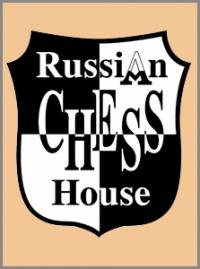 The life of a chess player in the system. Memories of the grandmaster
Author:
The life of a chess player in the system. Memories of the grandmaster
Author:
Averbah 45.00 $ -
 Три матча Ботвинник-Смыслов
Author:
Три матча Ботвинник-Смыслов
Author:
Botvinnik 45.00 $ -
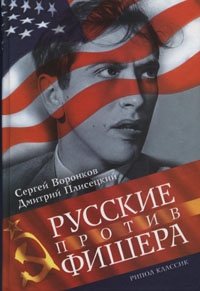 Russians vs Fisher
Author:
Russians vs Fisher
Author:
Voronkov 65.00 $ -
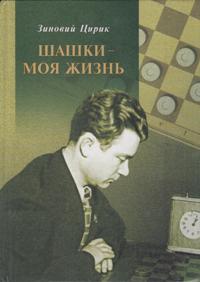 Checkers is my life
Author:
Checkers is my life
Author:
Ciric 87.50 $ -
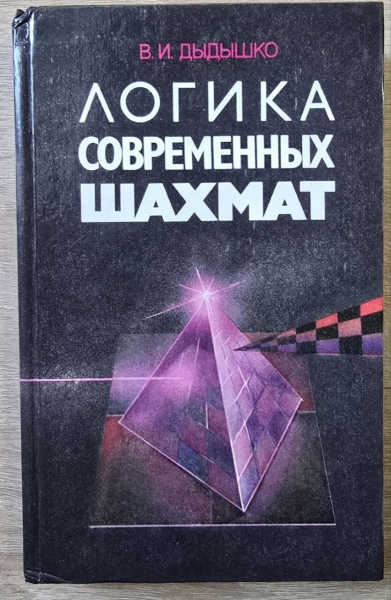 The logic of modern chess
Author:
The logic of modern chess
Author:
Dydyshko 72.50 $ -
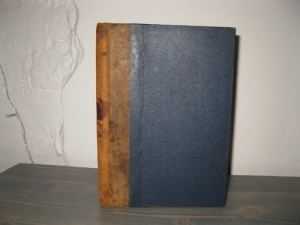 Siegbert Tarrasch. The Queen
Author:
Siegbert Tarrasch. The Queen
Author:
Tarrash 72.50 $ -
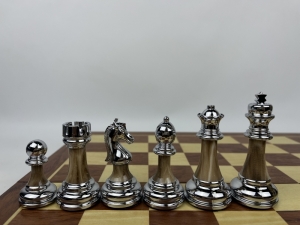 High quality acrylic metal heavy chess pieces with wooden board
202.50 $
High quality acrylic metal heavy chess pieces with wooden board
202.50 $
-
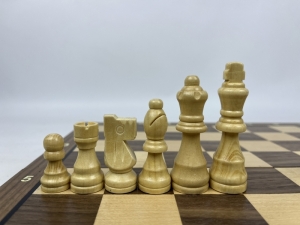 Wooden magnetic Staunton chess with a lock (silver)
56.25 $
Wooden magnetic Staunton chess with a lock (silver)
56.25 $
-
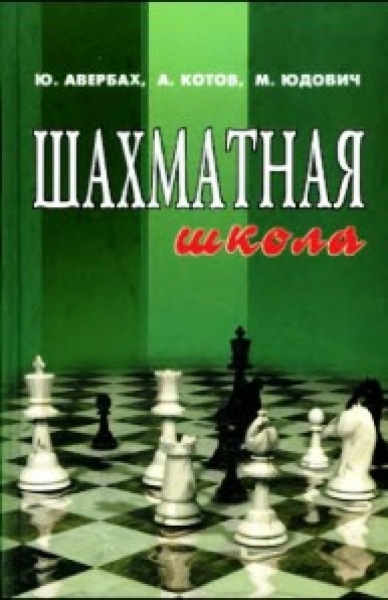 Chess school
Author:
Chess school
Author:
Averbah 15.00 $ -
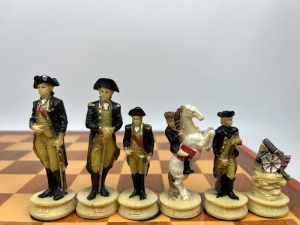 The chess set of The Chessmen. US war - Great Britain
325.00 $
The chess set of The Chessmen. US war - Great Britain
325.00 $
 Русский
Русский  Английский
Английский 